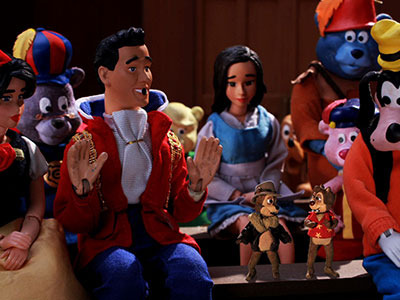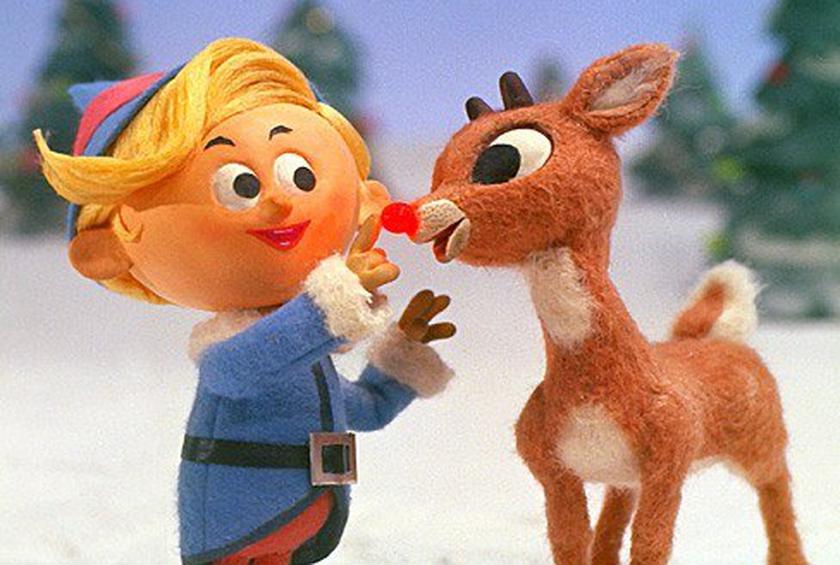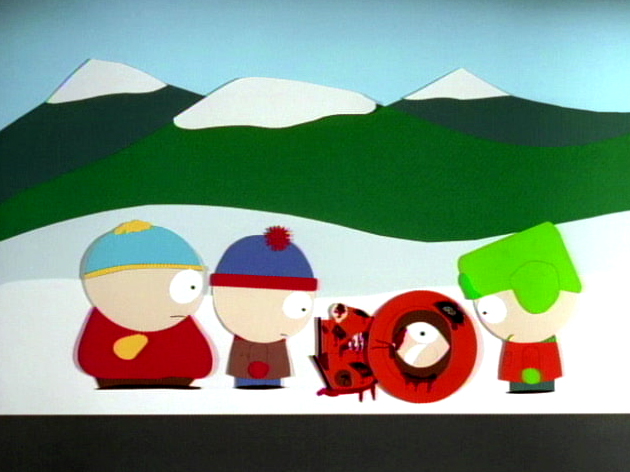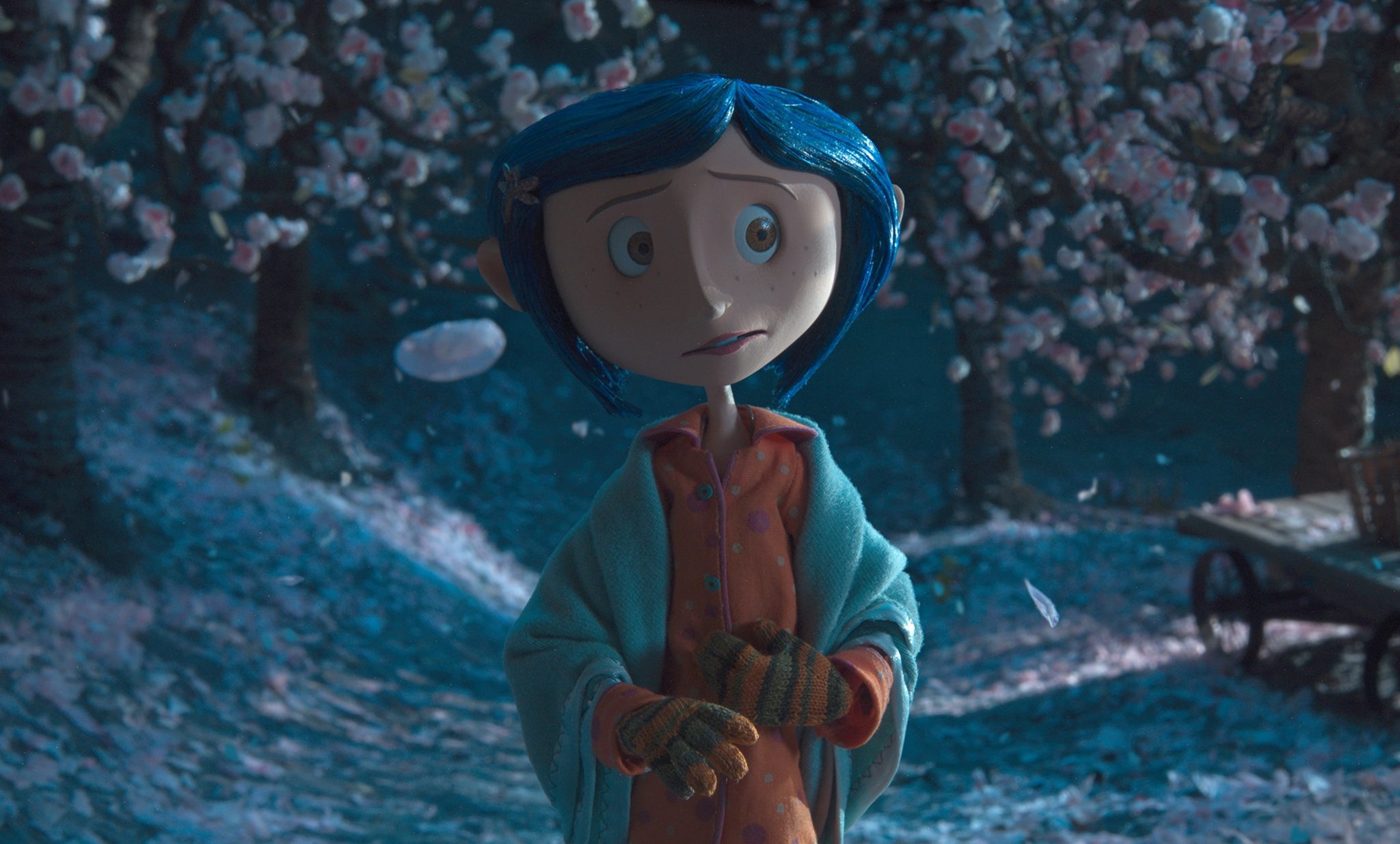

Stop-Motion animation can be referred to any animation that uses objects that are photographed in a sequence to create the illusion of movement.
The process of stop-motion animation is very long, as each object has to be carefully moved inch by inch, while it’s being photographed every frame, to create a fluid sequence of animation.
Early stop motion was captured with film cameras. Animators could not see how their work looked until they got their film processed. They used surface gages to keep track of where their characters were, and how far to move them.
If the animation was not fluid, if the set had been bumped, or if the lighting was bad, the work was lost and the animator had to start all over again.


Some use action figures or lego characters for animation. This genre is very popular on YouTube with many channels dedicated to creating funny skits with Lego characters. Robot Chicken is a great example of that. They use famous action figures to make fun of pop culture. .

One of the most popular stop-motion form is Claymation. Working with clay or play-doh characters that can easily be manipulated for animation. Advanced claymation (such as The Neverhood or Armikrog) uses metal skeletons on which the clay is then molded for more sturdy rigs. .

Another popular form of stop-motion is cut-out. Using construction paper or cardboard characters and placing them on paper while shooting the animation from above (that’s how South Park was made before they switched to computers). The cardboard is then moved a little each frame to create the illusion of movement.

The 1980s saw an explosion of CGI achievements. The most important milestones was the invention of the Genesis effect that was used to depict highly outlandish landscapes. One of the most notable appliations was in TRON, where 15 minutes of fully rendered CGI footage featured the famous lightcycle scene

Some animators use regular Puppets instead of clay ones, usually also built with some sort of skeleton rig. The faces of the characters can be replaced based on the expression, or controlled within the rig.